Manitoba Pageant, Autumn 1966, Volume 12, Number 1
|
This entire issue of Manitoba Pageant is devoted to a selection of drawings by Lieutenant George E. Finlay of the 6th Regiment of Foot which was stationed in the Red River Settlement 1846-1848.
In December 1845, Sir George Simpson, Governor-in-Chief of the Hudson's Bay Co. Territories, suggested to Sir John Henry Pelly, Governor of the Company, that troops be sent to Red River. Simpson argued that the possibility of war between Great Britain and the United States over the Oregon boundary and the increasing unrest among the metis made a military force essential.
Negotiations were opened by the Company with the War Office and on June 26, 1846 three companies of the 6th Regiment sailed from Cork, Ireland. On 17 September 1846 they were in the Settlement. On the journey to York Factory, from York Factory to Red River, and while in the Settlement, Lieutenant Finlay made a series of sketches which constitute a delightful and informative historical record.
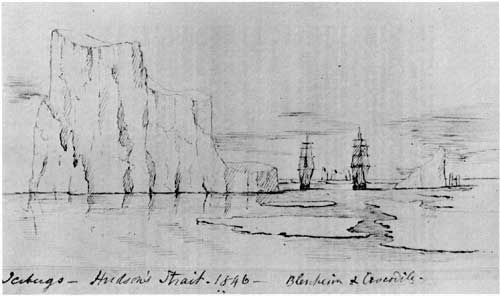
Troopships Blenheim and Crocodile, Hudson Strait, 1846.
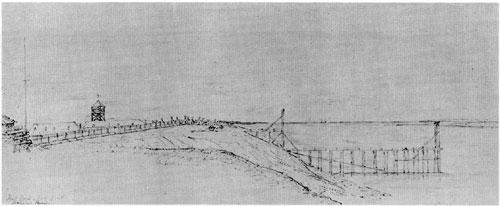
York Factory, Hayes River, 1846. This is the only picture known to exist of the Lookout Tower.

York Boats reaching a portage on the Hayes River, 1846.

Holy Lake from Oxford House, 1846.
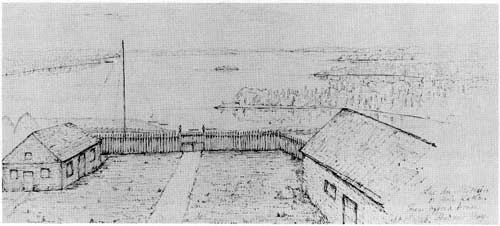
Oxford House, 1848.
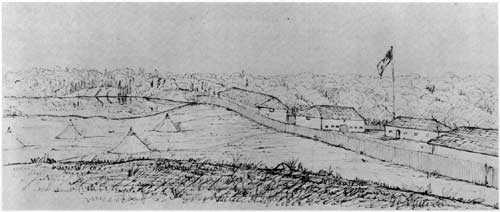
Norway House, 1846.

Lower Fort Garry, 1847. No other picture is known to exist of some of the buildings which once stood outside the walls of the Fort.
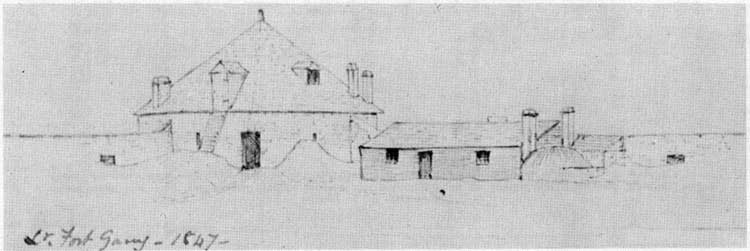
South-west bastion, Lower Fort Garry, winter 1847.
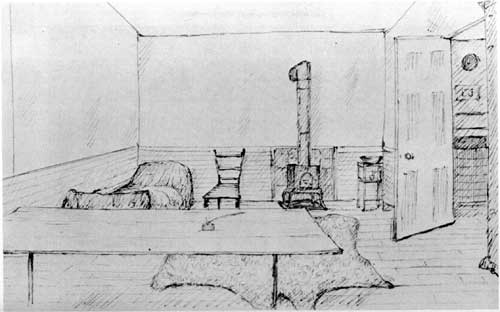
Interior of a room at Lower or Upper Fort Garry. Note the Carron stove.

Upper Fort Garry, north wall, 1846. This wall was torn down in the 1850s when an extension of the Fort was made and the present stone gate built. The building outside the wall was presumably for the troops. This is the only picture known to exist of the north wall.

St. Boniface Cathedral, 1847, north tower being repaired or re-built.

Assiniboine River and Upper Fort Garry, 1847. On the right are the remains of the Fort built in the early 1820s and damaged by the flood of 1826.
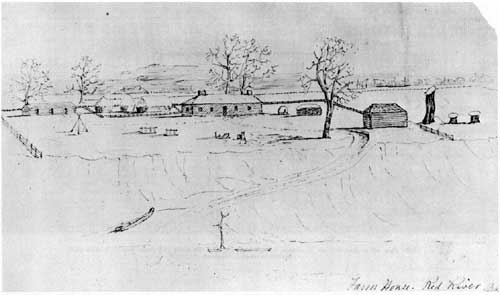
Farm home along the Red River, 1846.
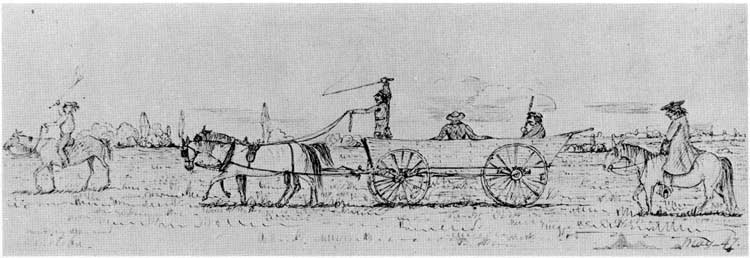
Horse-drawn wagon, Red River Settlement, 1847.
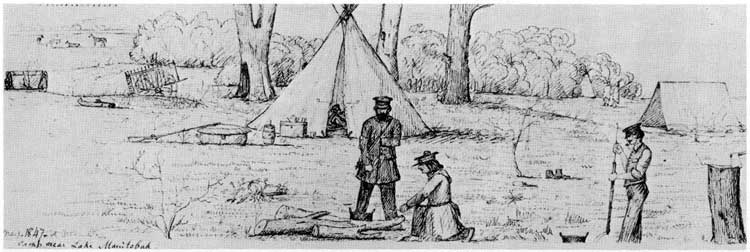
Duck hunters, near Lake Manitoba, 1847.
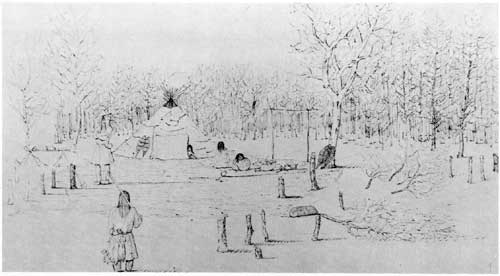
Indian lodge, Red River Settlement, 1848.

Ojibway birch bark canoe on Red River Cart, 1847.
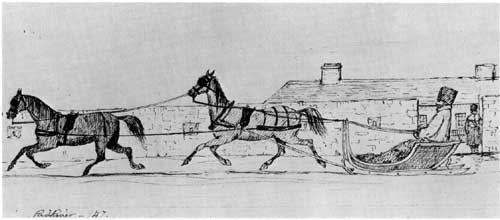
Tandem sleigh, Lower Fort Garry, 1847.

Officer in small sleigh, 1846.
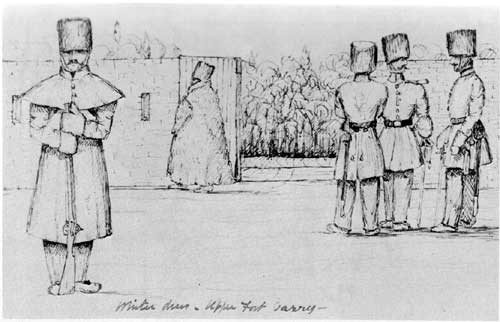
Officers and men in winter dress. The picture is labelled Upper Fort Garry though the loopholes in the wall suggest Lower Fort Garry.
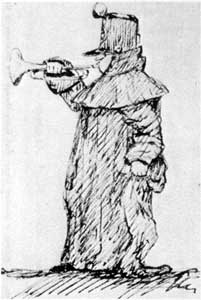
Bugler boy in winter dress.

Private in winter dress.
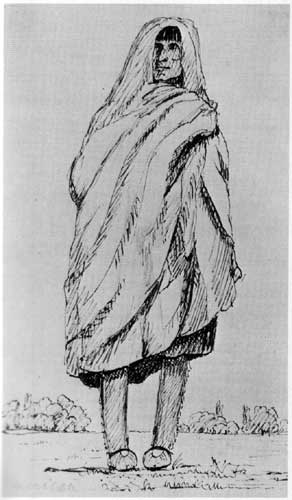
Swampy Cree Indian in blanket.
The original Finlay sketches, ninety-two in number, are the property of the Glenbow Foundation, Calgary, which, in 1960, generously provided photographic prints of the entire collection to the Manitoba Archives. The sketches in this issue are printed through the cooperation of the Glenbow Foundation whose permission to publish them is gratefully acknowledged. Copying or further reproduction of the prints in this issue of Manitoba Pageant may be made only by permission of the Glenbow Foundation.
Page revised: 17 February 2017